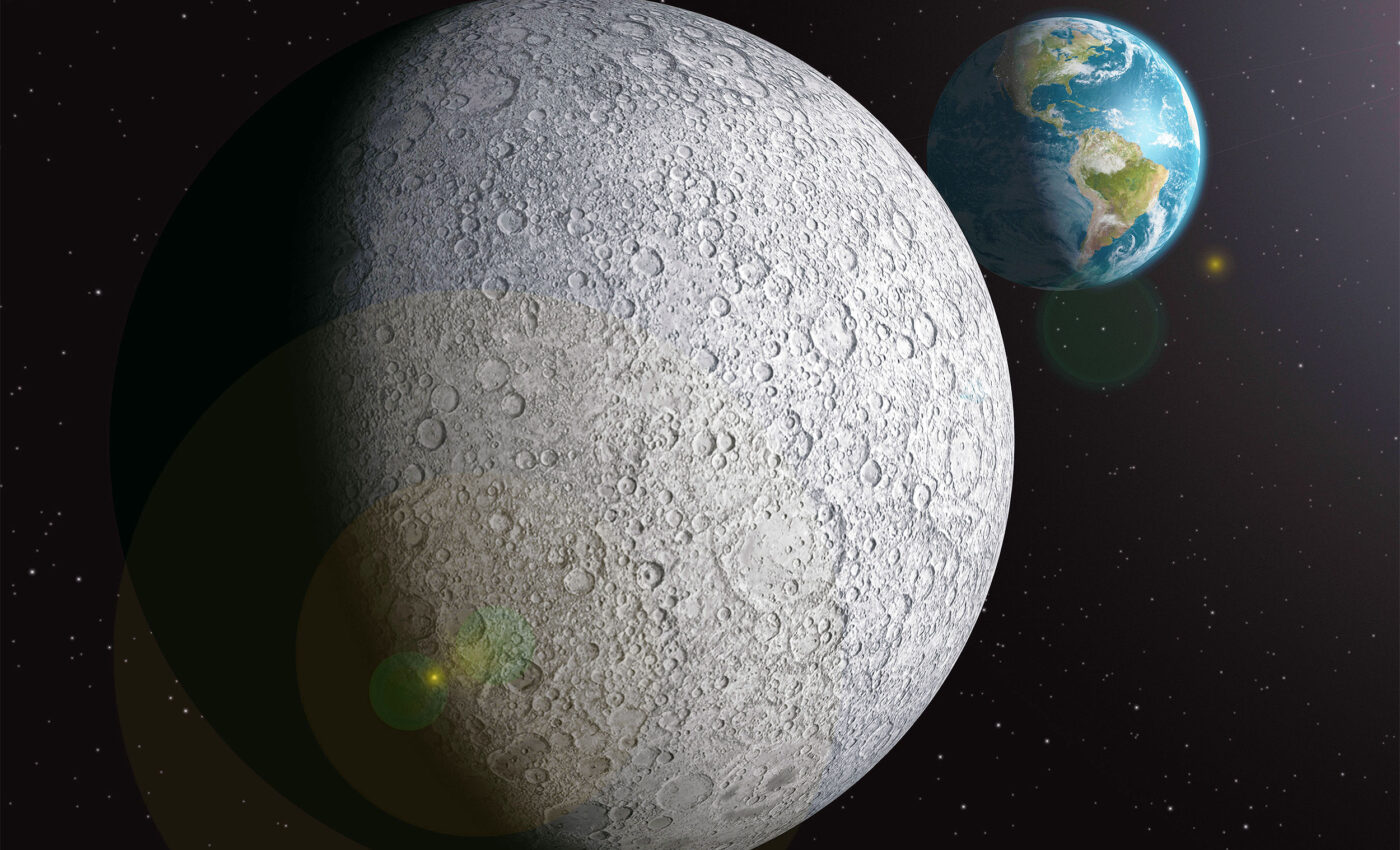
The moon is shrinking, causing moonquakes and problems for astronauts
The moon, Earth’s closest celestial neighbor, has undergone significant changes over the last few hundred million years, and is currently shrinking in size.
A recent study reveals that the moon has shrunk by more than 150 feet in circumference, a phenomenon akin to a grape wrinkling into a raisin.
This contraction is attributed to the cooling of the moon’s core. However, unlike a grape’s skin, the moon’s surface is brittle, leading to the formation of faults where crustal sections collide.
This discovery, led by a team of scientists, holds critical implications for lunar exploration, particularly for NASA’s proposed Artemis III crewed landings.
The study presents evidence of significant surface warping in the moon’s south polar region, a direct consequence of its ongoing shrinkage.
This deformation has resulted in fault zones that are associated with seismic activities, namely moonquakes, posing potential risks to future human missions.
Moon shrinking, moonquakes and lunar faults
Thomas R. Watters, the study’s lead author and a senior scientist emeritus at the National Air and Space Museum’s Center for Earth and Planetary Studies, emphasizes the likelihood of shallow moonquakes.
These quakes, just a few miles beneath the surface, can be triggered by slips on existing faults or the formation of new thrust faults.
“Our modeling suggests that shallow moonquakes capable of producing strong ground shaking in the south polar region are possible from slip events on existing faults or the formation of new thrust faults,” said Watters.
“The global distribution of young thrust faults, their potential to be active and the potential to form new thrust faults from ongoing global contraction should be considered when planning the location and stability of permanent outposts on the moon,” Watters explained.
The physics of moonquakes
Intriguingly, moonquakes differ significantly from earthquakes. While earthquakes typically last only a few seconds to minutes, moonquakes can persist for hours.
This was exemplified by a magnitude 5 moonquake recorded in the 1970s by the Apollo Passive Seismic Network, now linked to recently detected faults by the Lunar Reconnaissance Orbiter.
Nicholas Schmerr, a co-author of the paper and an associate professor of geology at the University of Maryland, warns of the potential devastation shallow moonquakes could cause to human settlements on the moon.
Surface composition causes moonquakes and landslides
He explains the lunar surface as a blend of dry, grounded gravel and dust, rendered loose and fragile by billions of years of asteroid and comet impacts.
This composition makes the lunar surface particularly susceptible to shaking and landslides.
“You can think of the moon’s surface as being dry, grounded gravel and dust. Over billions of years, the surface has been hit by asteroids and comets, with the resulting angular fragments constantly getting ejected from the impacts,” Schmerr explained.
“As a result, the reworked surface material can be micron-sized to boulder-sized, but all very loosely consolidated. Loose sediments make it very possible for shaking and landslides to occur,” he concluded.
Future missions to a shrinking moon
As NASA progresses with its Artemis moon missions, including a crewed flight planned for late 2024, understanding and mitigating these risks becomes crucial.
The Artemis missions aim not only to revisit the moon but to establish a long-term presence, with moon-based observatories, outposts, and settlements.
“As we get closer to the crewed Artemis mission’s launch date, it’s important to keep our astronauts, our equipment and infrastructure as safe as possible,” Schmerr said.
“This work is helping us prepare for what awaits us on the moon — whether that’s engineering structures that can better withstand lunar seismic activity or protecting people from really dangerous zones.”
In summary, the recent findings about the moon’s shrinkage and the associated seismic risks mark a significant milestone in our understanding of the moon.
As we venture back to the lunar surface, armed with this new knowledge, the challenges we face in establishing a sustainable human presence on the moon become clearer.
This important research aids in the safe planning of future moon missions while enhancing our knowledge and understanding of lunar geology and its implications for human exploration.
The full study was published in the The Planetary Science Journal.
—–
Like what you read? Subscribe to our newsletter for engaging articles, exclusive content, and the latest updates.
—–
Check us out on EarthSnap, a free app brought to you by Eric Ralls and Earth.com.
—–













